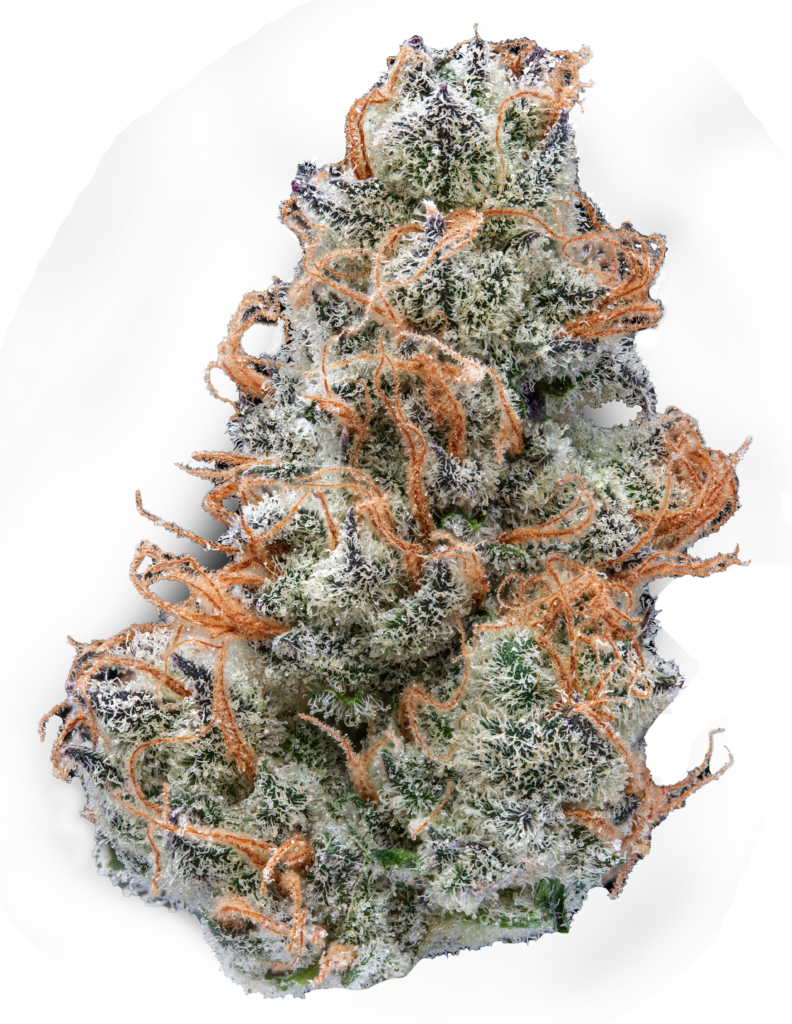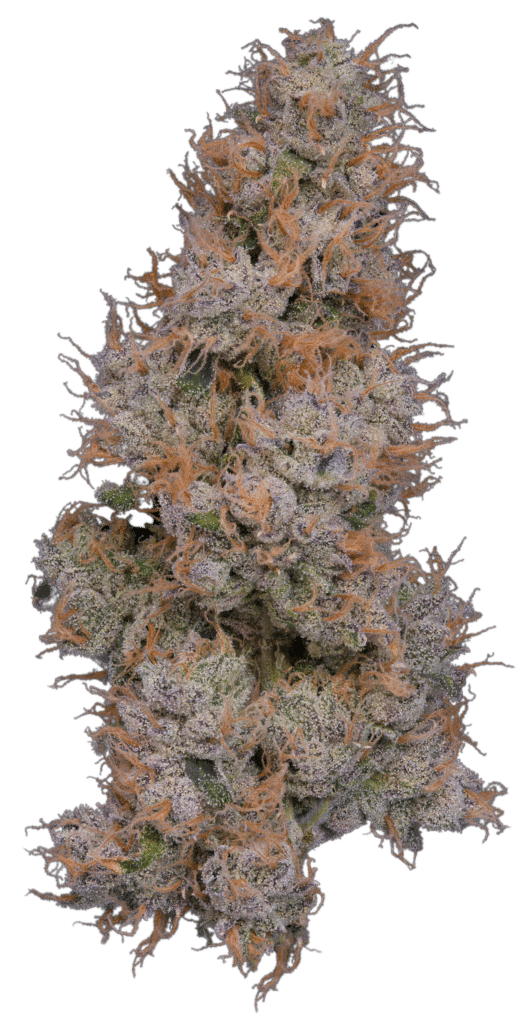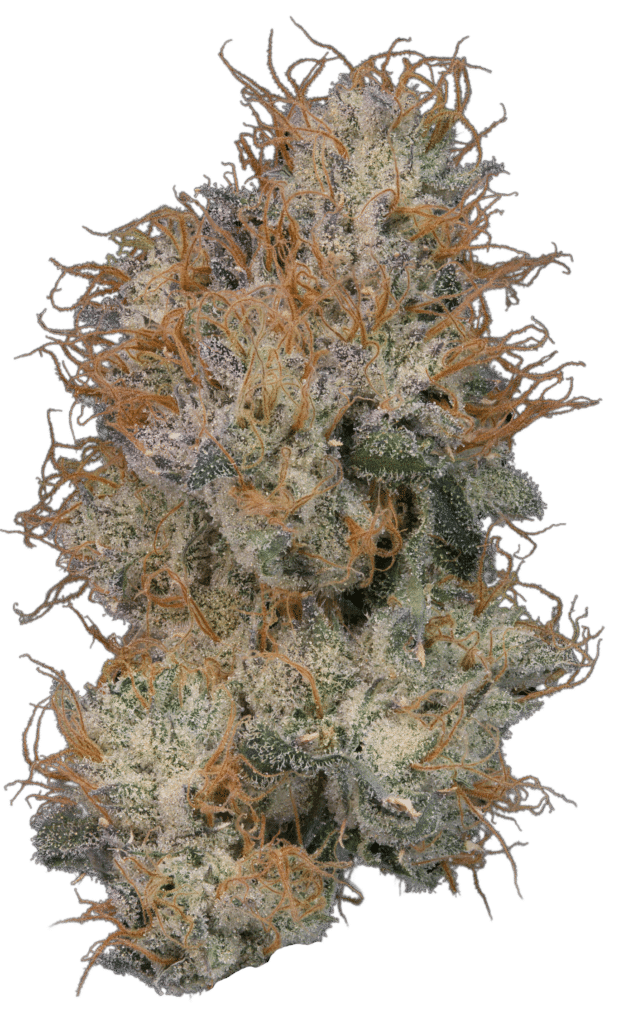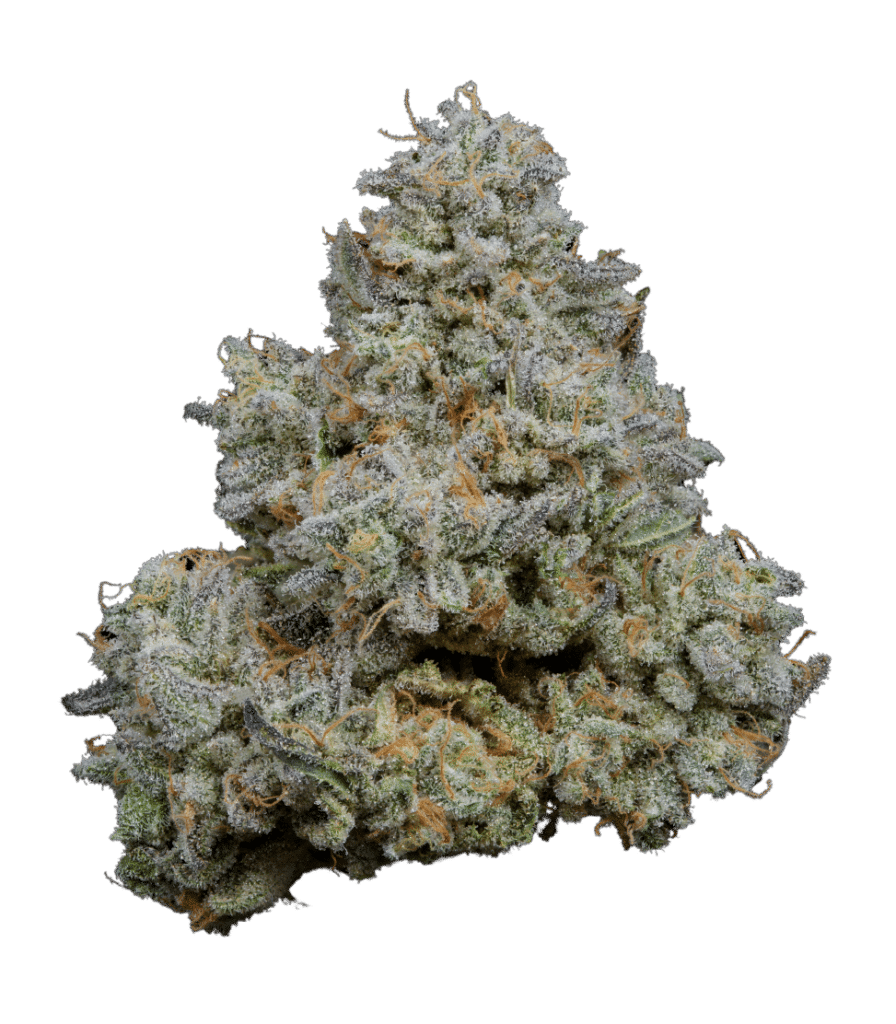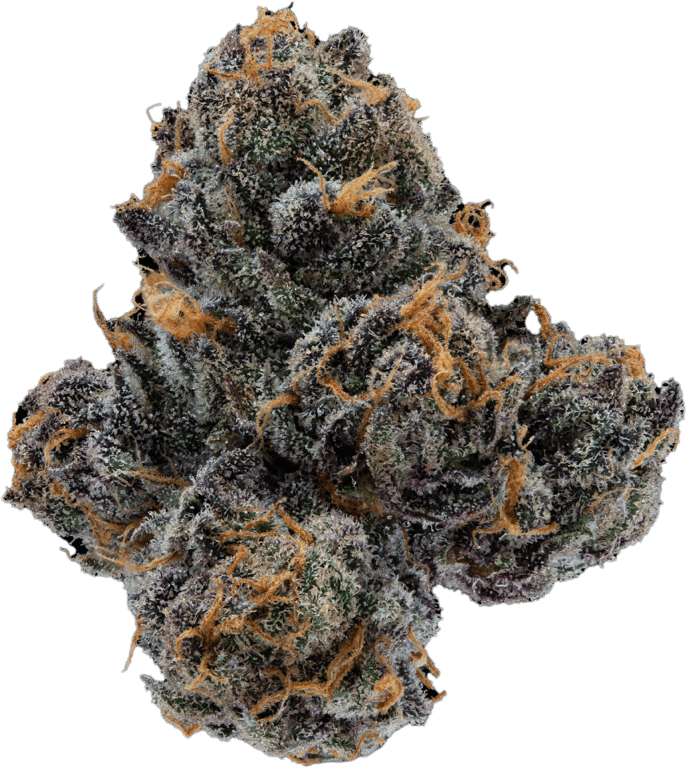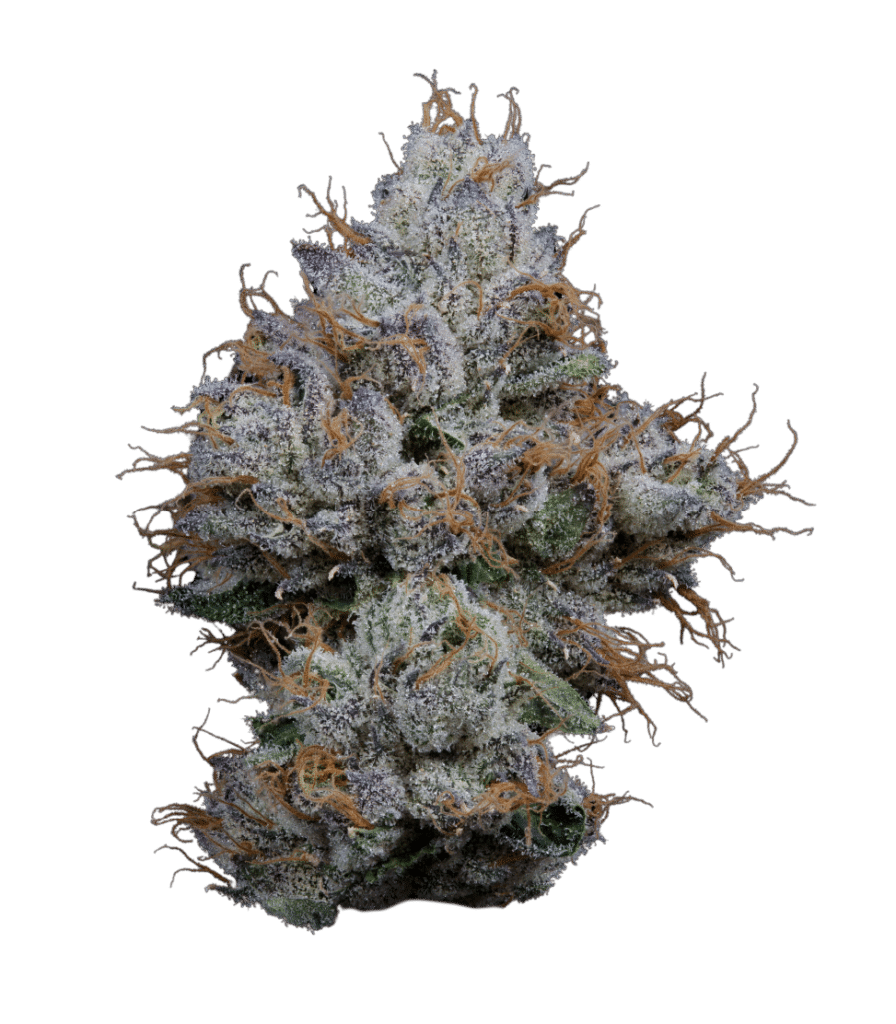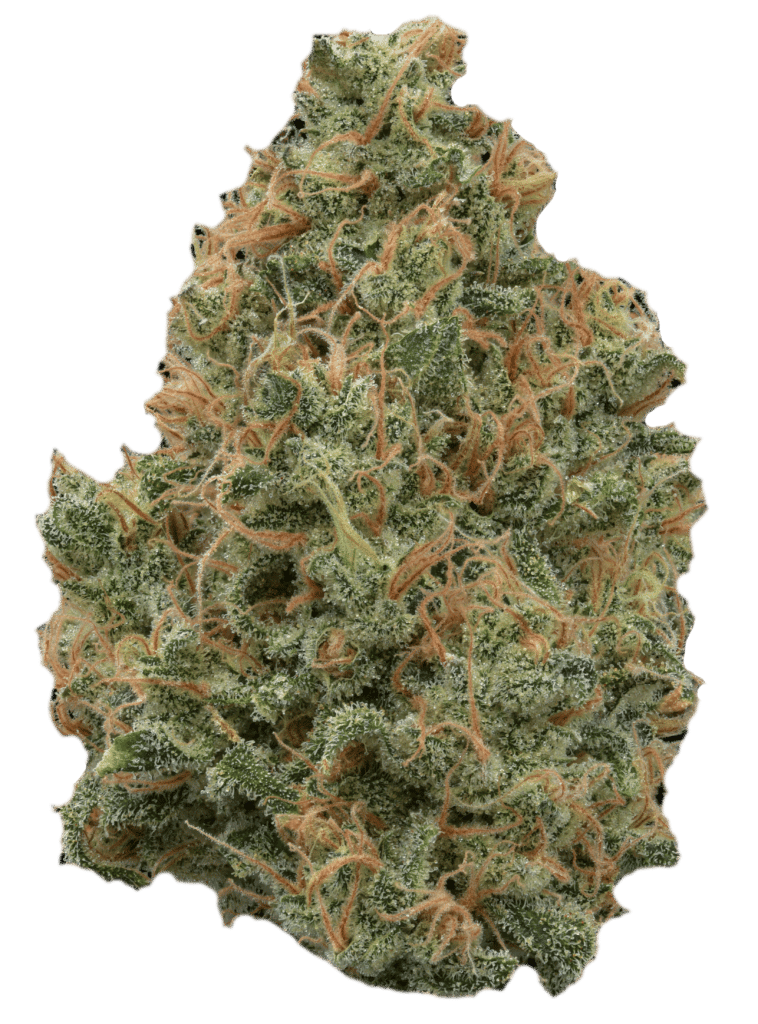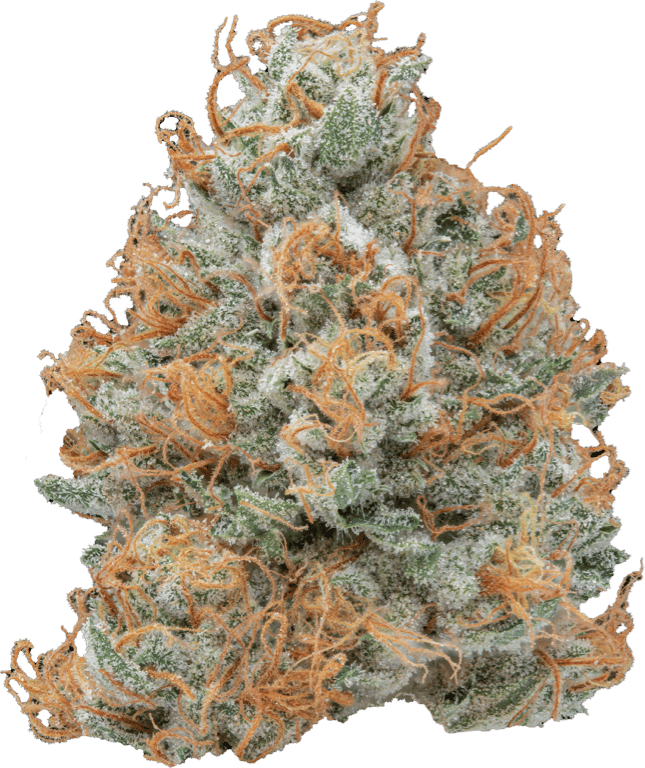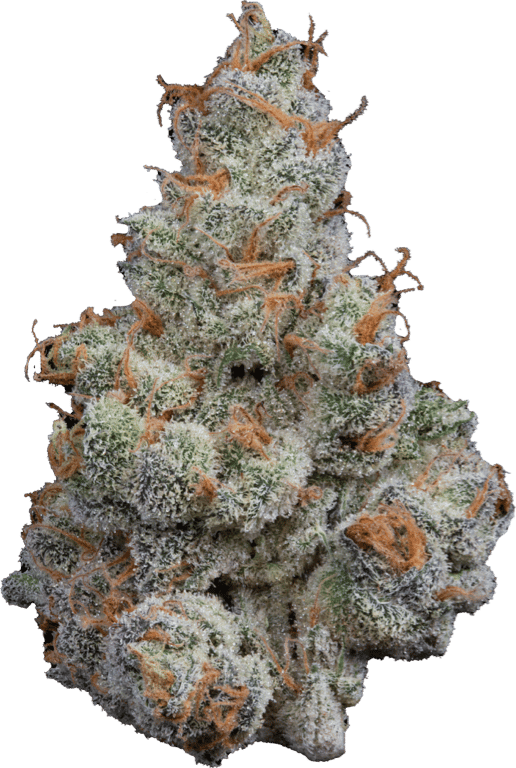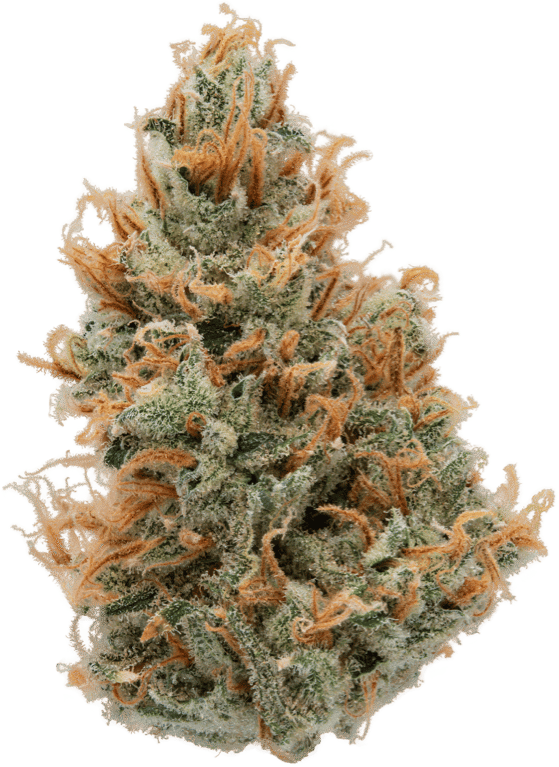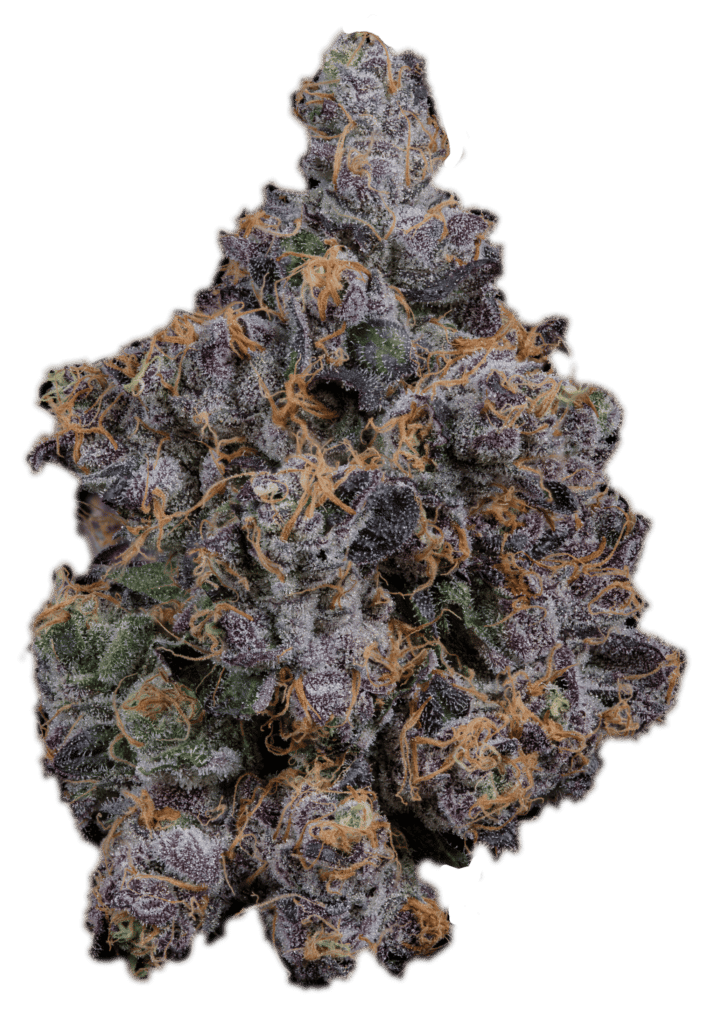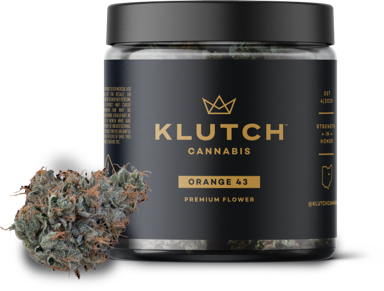Caryophyllene (also known as β-Caryophyllene or BCP) is a terpene found in several common herbs and spices like cloves, black pepper, cinnamon, basil, and oregano. In cannabis, caryophyllene often contributes to a peppery, earthy flavor profile. Animal models have demonstrated a possible interaction of caryophyllene with the endocannabinoid system[1] as well as pain relief via CB2 activation[2]. Other animal studies have identified this terpene as a potential treatment for several conditions, including anxiety[3], depression[4], inflammation[5], and overall pain relief[6]. In addition, in vitro studies have evaluated the antioxidant[7] and sedative[8] effects of this terpene. Finally—and perhaps most noteworthy—both in vitro[9] and animal[10] studies have implicated caryophyllene as a potential treatment for cancer, with human trials demonstrating its potential to treat nausea[11].
[1] Poddighe L, Carta G, Serra MP, Melis T, Boi M, Lisai S, Murru E, Muredda L, Collu M, Banni S, Quartu M. Acute administration of beta-caryophyllene prevents endocannabinoid system activation during transient common carotid artery occlusion and reperfusion. Lipids Health Dis. 2018 Feb 5;17(1):23. doi: 10.1186/s12944-018-0661-4. PMID: 29402275; PMCID: PMC5799897.
[2] Klauke AL, Racz I, Pradier B, Markert A, Zimmer AM, Gertsch J, Zimmer A. The cannabinoid CB₂ receptor-selective phytocannabinoid beta-caryophyllene exerts analgesic effects in mouse models of inflammatory and neuropathic pain. Eur Neuropsychopharmacol. 2014 Apr;24(4):608-20. doi: 10.1016/j.euroneuro.2013.10.008. Epub 2013 Oct 22. PMID: 24210682.
[3] Bahi A, Al Mansouri S, Al Memari E, Al Ameri M, Nurulain SM, Ojha S. β-Caryophyllene, a CB2 receptor agonist produces multiple behavioral changes relevant to anxiety and depression in mice. Physiol Behav. 2014 Aug;135:119-24. doi: 10.1016/j.physbeh.2014.06.003. Epub 2014 Jun 13. PMID: 24930711.
[4] Hwang ES, Kim HB, Lee S, Kim MJ, Kim KJ, Han G, Han SY, Lee EA, Yoon JH, Kim DO, Maeng S, Park JH. Antidepressant-like effects of β-caryophyllene on restraint plus stress-induced depression. Behav Brain Res. 2020 Feb 17;380:112439. doi: 10.1016/j.bbr.2019.112439. Epub 2019 Dec 17. PMID: 31862467.
[5] Gushiken LFS, Beserra FP, Hussni MF, Gonzaga MT, Ribeiro VP, de Souza PF, Campos JCL, Massaro TNC, Hussni CA, Takahira RK, Marcato PD, Bastos JK, Pellizzon CH. Beta-caryophyllene as an antioxidant, anti-inflammatory and re-epithelialization activities in a rat skin wound excision model. Oxid Med Cell Longev. 2022 Feb 3;2022:9004014. doi: 10.1155/2022/9004014. PMID: 35154574; PMCID: PMC8831077.
[6] Paula-Freire LI, Andersen ML, Gama VS, Molska GR, Carlini EL. The oral administration of trans-caryophyllene attenuates acute and chronic pain in mice. Phytomedicine. 2014 Feb 15;21(3):356-62. doi: 10.1016/j.phymed.2013.08.006. Epub 2013 Sep 20. PMID: 24055516.
[7] Jayaprakasha GK, Jagan Mohan Rao L, Sakariah KK. Volatile constituents from Cinnamomum zeylanicum fruit stalks and their antioxidant activities. J Agric Food Chem. 2003 Jul 16;51(15):4344-8. doi: 10.1021/jf034169i. PMID: 12848508.
[8] Rabbani M, Sajjadi SE, Vaezi A. Evaluation of anxiolytic and sedative effect of essential oil and hydroalcoholic extract of Ocimum basilicum L. and chemical composition of its essential oil. Res Pharm Sci. 2015 Nov-Dec;10(6):535-43. PMID: 26779273; PMCID: PMC4698864.
[9] Mannino F, Pallio G, Corsaro R, Minutoli L, Altavilla D, Vermiglio G, Allegra A, Eid AH, Bitto A, Squadrito F, Irrera N. Beta-Caryophyllene Exhibits Anti-Proliferative Effects through Apoptosis Induction and Cell Cycle Modulation in Multiple Myeloma Cells. Cancers (Basel). 2021 Nov 16;13(22):5741. doi: 10.3390/cancers13225741. PMID: 34830893; PMCID: PMC8616110.
[10] Dahham SS, Tabana Y, Asif M, Ahmed M, Babu D, Hassan LE, Ahamed MBK, Sandai D, Barakat K, Siraki A, Majid AMSA. β-Caryophyllene Induces Apoptosis and Inhibits Angiogenesis in Colorectal Cancer Models. Int J Mol Sci. 2021 Sep 29;22(19):10550. doi: 10.3390/ijms221910550. PMID: 34638895; PMCID: PMC8508804.
[11] Shim, Hyun & Song, Dong & Shin, Cheol & Yoon, Hyuk & Park, Young & Kim, Nayoung & Lee, Dong. (2019). Inhibitory Effects of β-caryophyllene on Helicobacter pylori Infection: A Randomized Double-blind, Placebo-controlled Study. The Korean Journal of Gastroenterology. 74. 199. 10.4166/kjg.2019.74.4.199.
